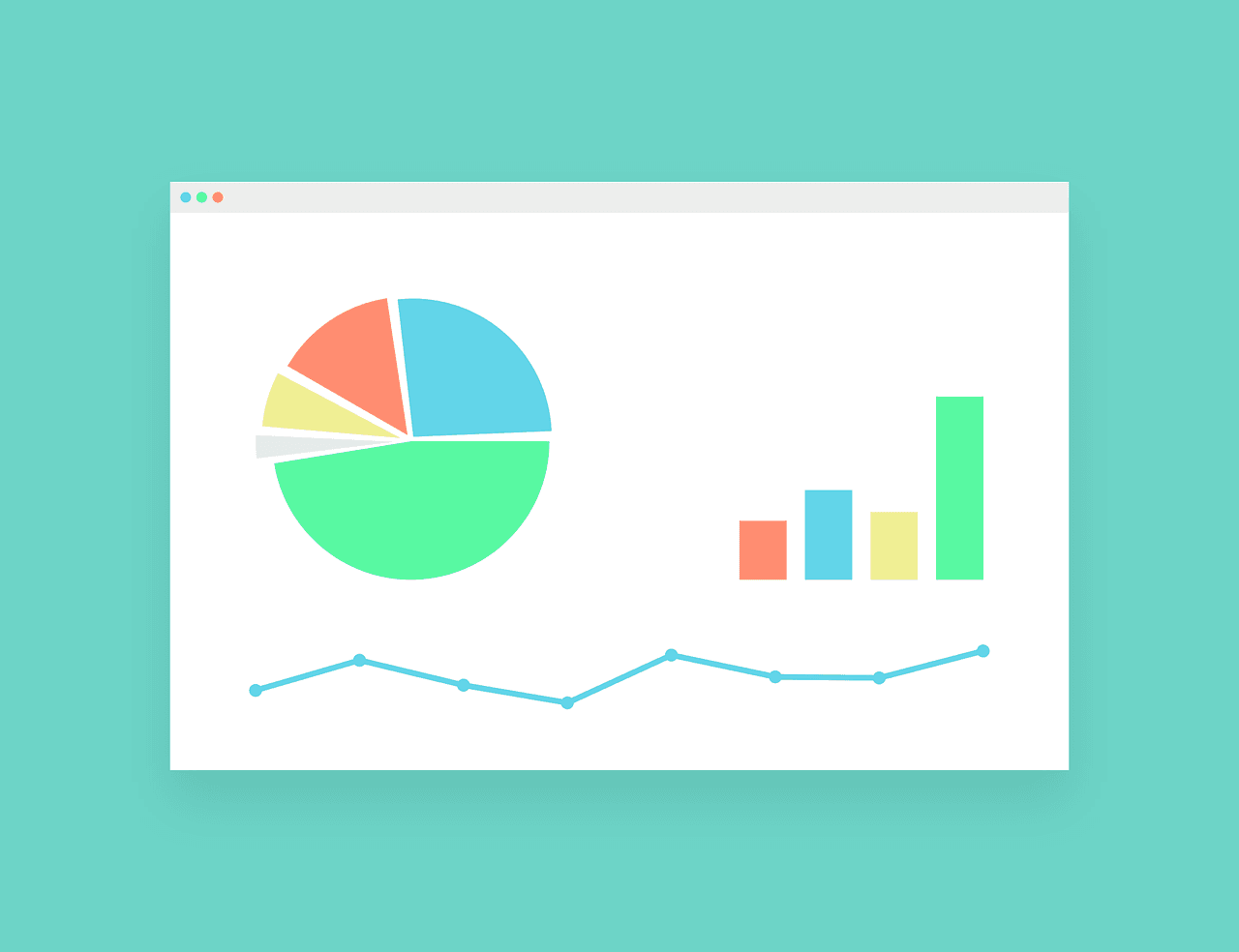When and How to Use Record-Triggered Flows in Salesforce

Understanding Record-Triggered Flows
Record-triggered flows are a type of flow in Salesforce that execute automatically when a record is created, updated, or deleted. They are part of the Flow Builder toolset, which allows for declarative (clicks, not code) automation. Record-triggered flows can be designed to carry out a wide range of actions, such as updating fields, creating records, sending emails, and calling Apex classes, all based on the logic defined within the flow.
When to Use Record-Triggered Flows
Record-triggered flows are best used in scenarios where complex logic or multiple related actions need to be performed automatically in response to record changes. They are particularly useful when:
Complex Decision Logic is Required: When your automation needs to make multiple decisions or complex branching based on field values or related records.
Multiple Objects are Involved: If your automation affects not just the triggering record but also related records or requires creating new related records.
You Need Before-Save Operations: For operations that need to occur before a record is saved (e.g., modifying field values on the record being saved), which can improve performance significantly.
Replacing Workflow Rules and Process Builder: Salesforce recommends using Flow Builder for new automation, as it is more powerful and flexible than its predecessors.
How to Use Record-Triggered Flows
Creating a record-triggered flow involves several steps:
Define the Trigger: Choose when the flow should run (e.g., when a record is created, updated, or deleted).
Set Entry Conditions: Specify the conditions that must be met for the flow to trigger.
Design the Flow Logic: Use elements like Get Records, Decision, Assignment, and Loop to define what the flow does.
Configure Actions: Add actions like Create Records, Update Records, or Send Email to specify what happens when the flow runs.
Test Your Flow: Before deploying, test your flow thoroughly to ensure it behaves as expected.
Practical Use Case:
Automated Discount Approval Process
Scenario: Your company offers volume discounts to customers who order large quantities. However, discounts above 15% must be approved by a manager.
Solution: A record-triggered flow can automate this process:
Trigger: The flow is triggered when an Opportunity record is updated.
Entry Conditions: The flow checks if the discount percentage field on the Opportunity has been modified and if the new discount is above 15%.
Logic: If the conditions are met, the flow automatically creates a Task record assigned to the manager for discount approval and updates the Opportunity status to "Pending Approval."
Efficiency: This eliminates manual steps, ensures timely approval requests, and keeps the sales process moving smoothly.
This use case exemplifies how record-triggered flows can streamline complex processes, reduce manual work, and enforce business rules consistently.
Conclusion
Record-triggered flows in Salesforce offer a powerful way to automate business processes directly related to record changes. By understanding when and how to utilize these flows effectively, Salesforce administrators and developers can significantly enhance operational efficiency and enforce business logic automatically. The key is to carefully plan your flows, thoroughly test them, and continuously monitor their performance to ensure they meet your business needs. With record-triggered flows, the possibilities are virtually limitless, empowering you to create more dynamic, responsive, and efficient Salesforce environments.
Want to learn more about our healthcare solutions?
Discover how our AI technology can transform your healthcare practice.
Related Articles


